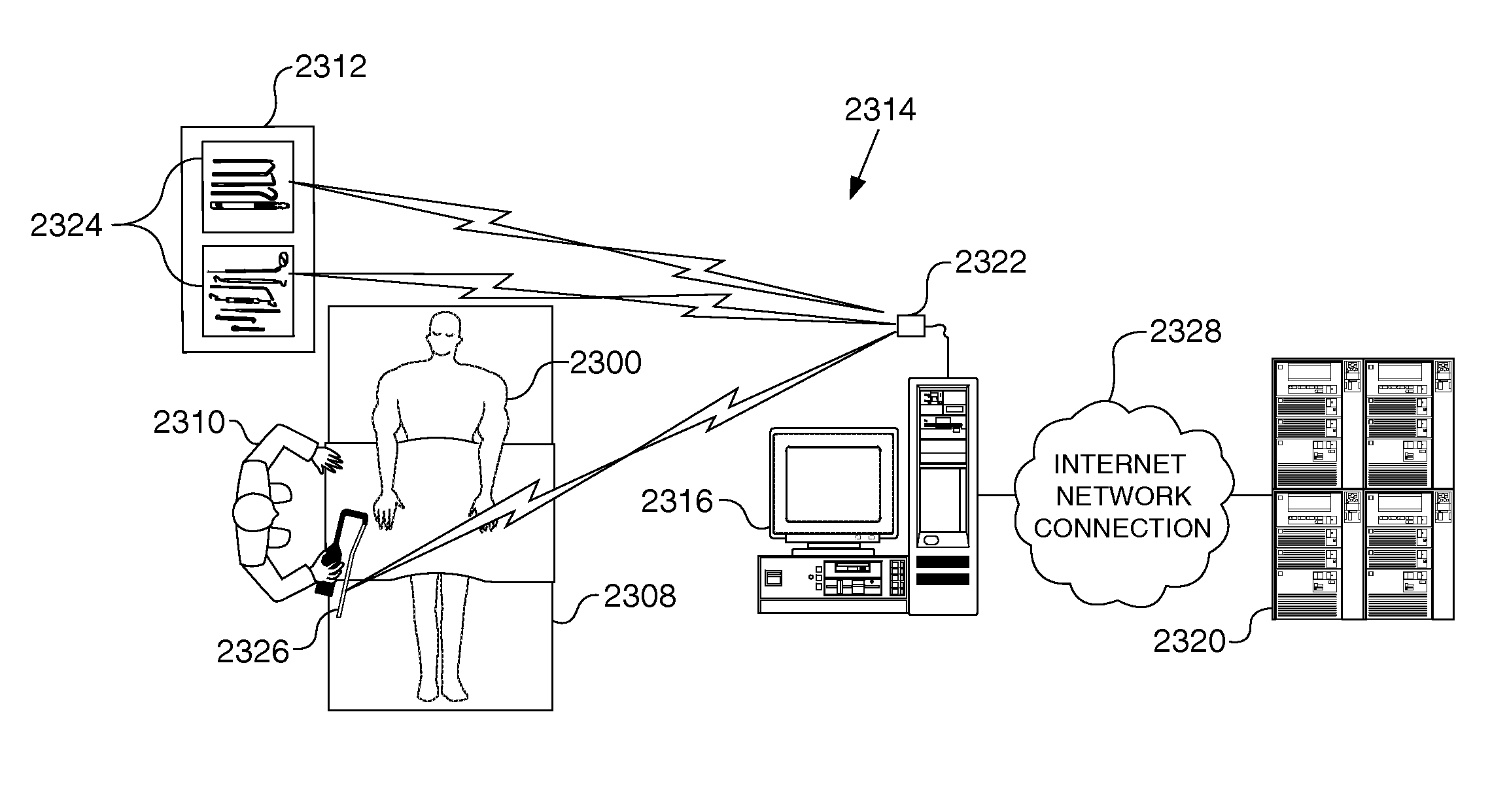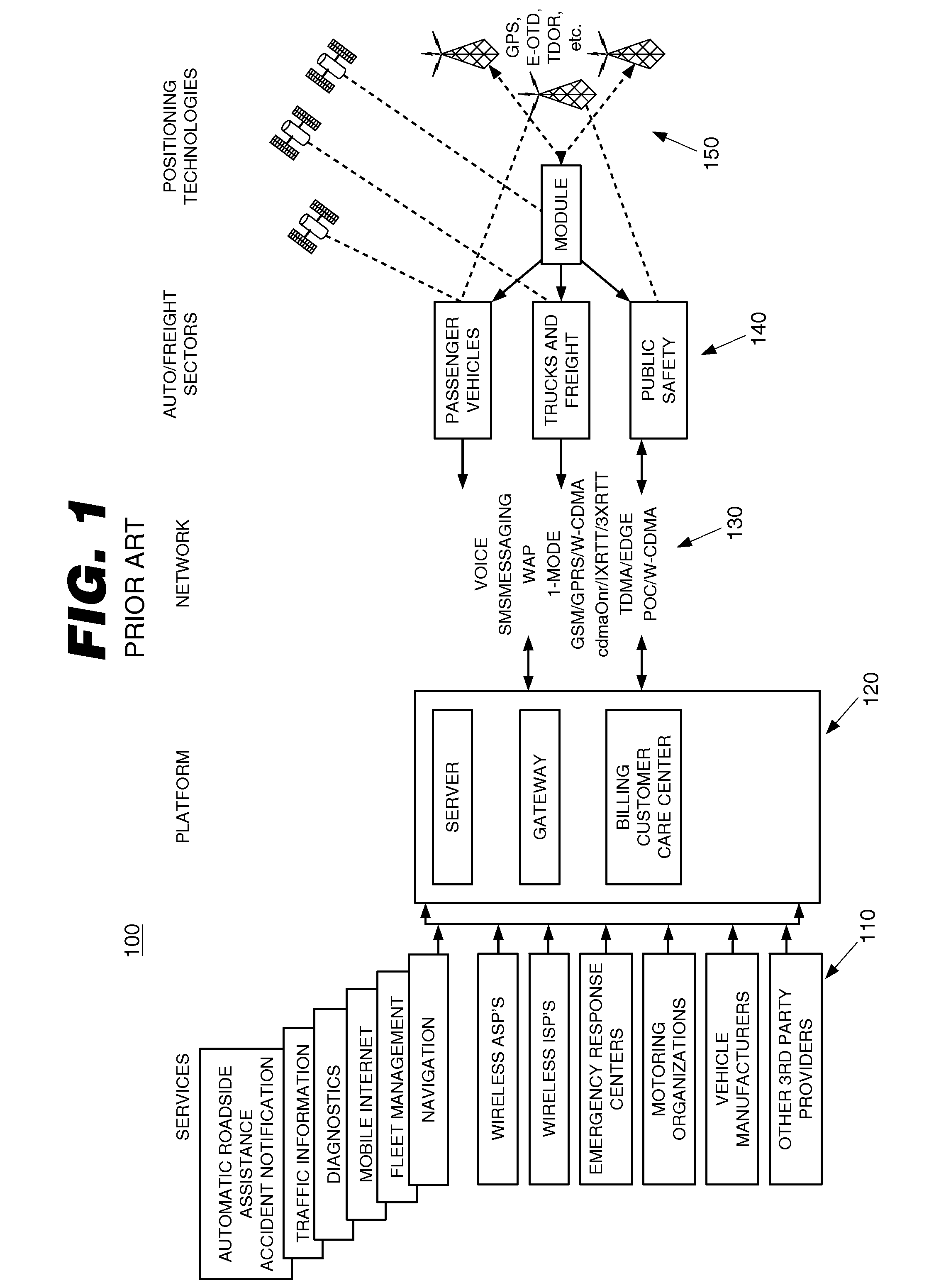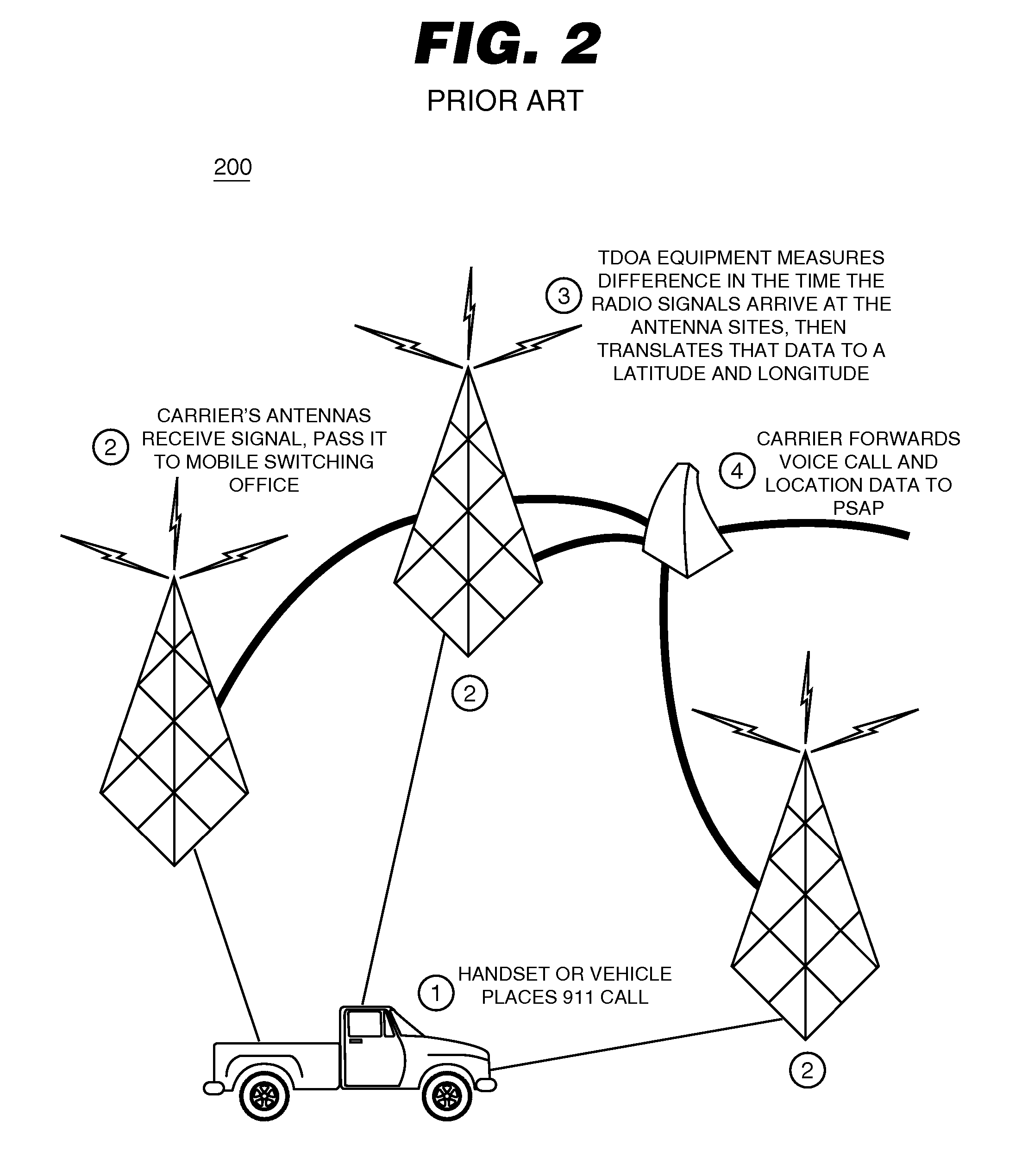Inventory tracking is difficult to manage given that the instruments pass through the purview of various parties in the supply chain.
Moreover, individual devices within these sets become damaged and then require repair or replacement.
Instruments also can be misplaced, which may remain unknown until the instruments are removed from the sterilization case and the wrap in the
sterile field of the operating room prior to
surgery.
Considerable time is required searching the hospital for a replacement to obtain a complete set of necessary instruments, which often involves opening other sealed cases.
In the meantime, a patient is under
anesthetic in the operating theatre waiting to be treated at a cost of $100 per minute and can often be delayed by fifteen minutes whilst hospital staff search for missing instruments.
Many healthcare facilities do not have effective solutions in place for tracking and management of surgical instruments, which is likely to grow as more instruments are purchased from manufactures.
Hospitals, instrument management companies, and sterilization companies often have difficulty tracking and managing surgical instruments as they pass through the purview of various parties in the supply chain.
Tracking individual instruments to specific trays is very challenging because each individual instrument needs to be scanned to the tray to form a link between the instrument and the tray, which is a labor intensive process.
Various methods of counting the surgical instruments are known but none are particularly efficient.
This tracking technique is unreliable and labor intensive because significant time is required to count the instruments manually, determine if there is a discrepancy between the count and the inventory
list, and locate a replacement instrument before the surgical procedure begins.
This time is costly to both the instrument company and hospital and could needlessly
delay surgery.
In addition, there is a likelihood for
human error in counting the instruments and comparing the count to the inventory
list.
Furthermore, the correct instruments for a particular surgical procedure may still be missing during
surgery, forcing the surgeon to use a closely related, but incorrect, instrument to perform the procedure.
Such a method typically requires that the instrument be removed from the tray on arrival and scanned by humans, a method that is costly and time-consuming.
Data carriers such as memory devices are a more expensive alternative method for manually counting surgical instruments and comparing them to an inventory.
There are a number of disadvantages to the use of optical tags.
First, the size of a bar code is too large for placement on relatively small surgical instruments.
Second, the time required to scan and inventory a group of
medical instruments can be quite lengthy, which can needlessly
delay a surgical procedure.
However, it is also a very challenging proposition given current limitations with RFID technology.
It is difficult to apply and read RFID tags on metallic alloys because they tend to either absorb or reflect RF signals.
This is a problem because many surgical instruments and implants are metallic interfering with weak RF signals of either the reader or tag, thus reducing the
system's read range.
Thus, an RFID reader is unable to communicate with the RFID tags located inside the sterilization case and the instruments must be removed from the case, including breaking the sealed wrap, in order for the reader to determine the inventory of a particular group of instruments.
This process includes high costs and
time delays in preparing for a surgical procedure.
Tag reliability can be impacted by environmental factors such as
humidity,
radiation and temperature.
Previously, commercial-off-the-shelf RFID tags could not withstand extreme temperatures without a temperature-resistant housing.
For that reason, using them for items like surgical instruments which undergo an
autoclave or
dry heat sterilization cycle is complicated.
Thus, an RFID reader is unable to communicate with the RFID tags located inside the sterilization case and the instruments must be removed from the case, including breaking the sealed wrap, in order for the reader to determine the inventory of a particular group of instruments.
This process includes high costs and
time delays in preparing for a surgical procedure.
Further, there is a problem in locating missing instrument trays,
implant trays, and devices.
For example, a tray may be lost at a hospital and hospital personnel are not able to locate the tray in time for surgery.
Sometimes a surgeon does not know how to use an instrument correctly or know what the next step is in a complicated surgical procedure.
Hospitals face significant costs in managing inventory.
Further, as assets move from place to place, or out of the control of the enterprise, the conventional process requires a time-intensive paperwork trail to track the movement of the assets.
This already-daunting task is made even more difficult when the assets being tracked are physically similar because in that case every specific serial number must be verified to conclusively identify the specific item.
This technique, however, is deficient in that whenever a particular railcar remains on a siding for an extended period of time, it does not pass a way
station.
Moreover, way
station installations are expensive, requiting a compromise that results in way stations being installed at varying distances, depending on the track
layout.
However, in the case of shipping containers, container
truck trailers and railcars, a similar source of power is not readily available.
These networks do not have ubiquitous coverage, and the
asset tracking units are expensive.
One of the chief challenges in using the first mode of communication is to devise a protocol for the communications that will provide efficient use of the communication facilities and respect the special sensitivities of the reporting
scenario.
The main problem with current GPS technology is the requirement for an unobstructed view of the
sky for communication with
GPS satellites.
The use of TDOA is typically restricted to areas where coverage from multiple towers is available.
 Login to View More
Login to View More  Login to View More
Login to View More 


